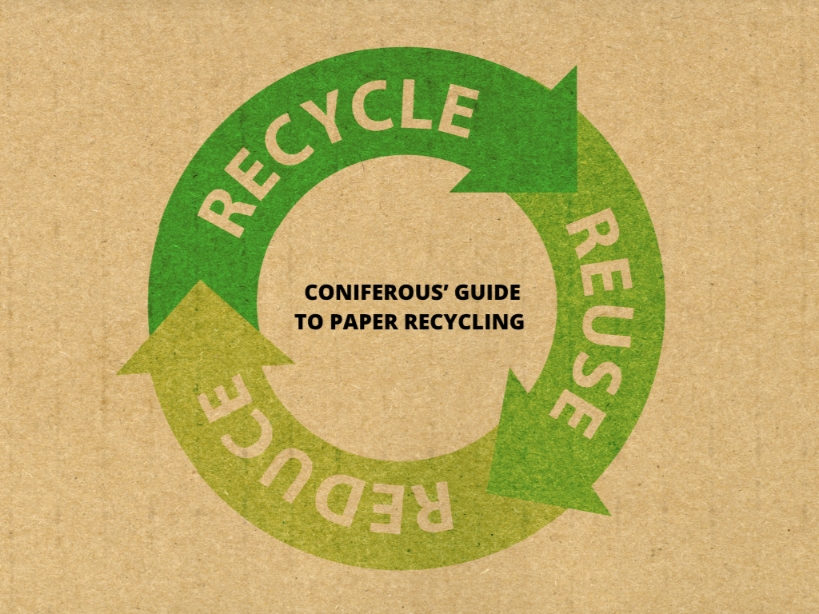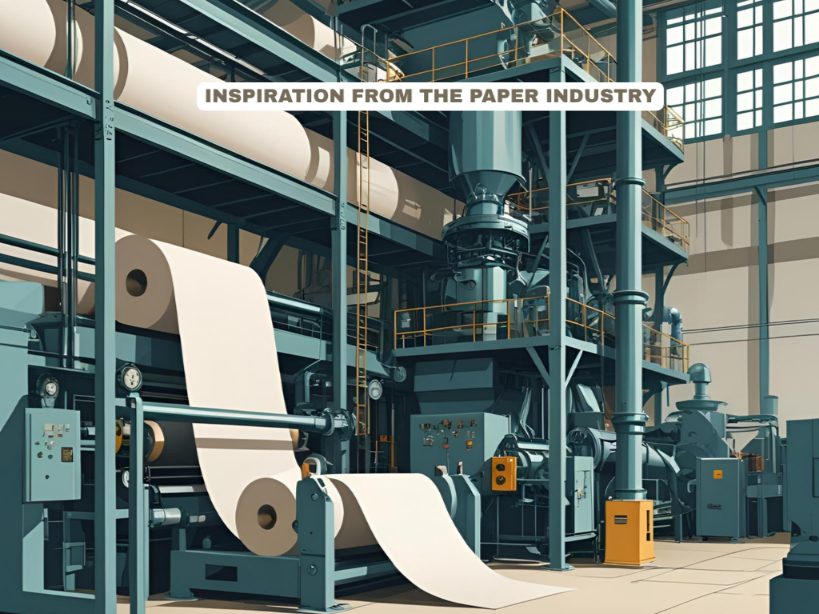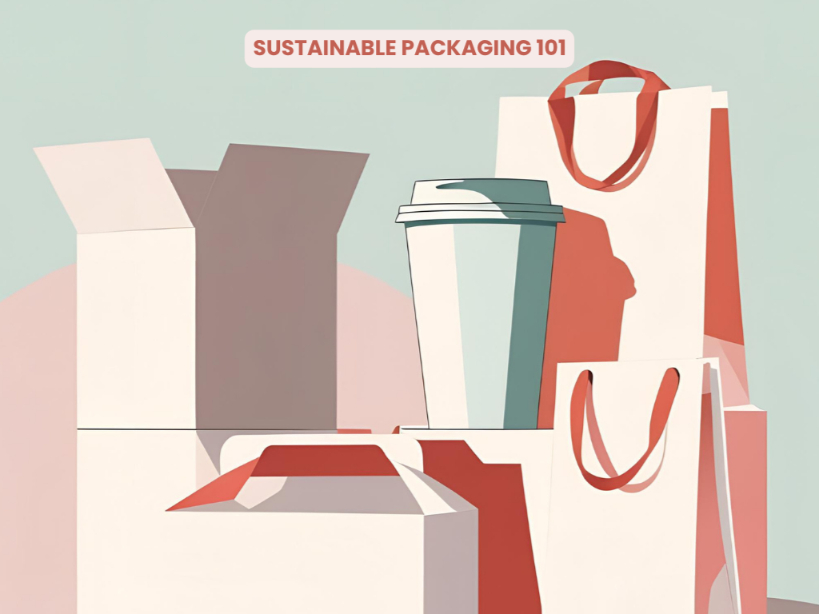Reduce, Reuse, Recycle: Coniferous’ Guide to Paper Recycling
Welcome to Coniferous, your go-to source for paper products. As a paper trading company, we are dedicated to promoting sustainability and environmental responsibility. One way we do this is through paper recycling, which is one of the most recycled materials.
In 2021, 91.4% of corrugated cardboard packaging and 68% of paper were recycled in the United States. Recycling paper keeps it out of landfills and maximizes our natural resources. In addition, it can be recycled and turned into new products up to seven times!
Recycling myths around paper packaging can inhibit the recycling process. That’s why we’ve put together ten tips for recycling paper and promoting paper sustainability.
Tip #1: Create an at-home recycling center
The easiest way to recycle paper is by setting up a recycling center in your home. Use bins or upcycled cardboard boxes that are properly labeled with images of what materials go in them.
Tip #2: Know what paper products can be recycled
Not all paper products can be recycled. Make sure to check with your local recycling program to know what paper products are accepted for recycling.
Tip #3: Remove contaminants from paper
Before recycling paper, make sure to remove any contaminants, such as glue, ink, or film. This can be done using soapy water.
Tip #4: Don’t put paper with food residue in the recycling bin
Paper products with food residue, such as pizza boxes, should not be recycled. This can contaminate the recycling process.
Tip #5: Don’t mix different types of paper
Mixing different types of paper can make it difficult to recycle. Keep different types of paper separate.
Tip #6: Flatten paper products
Flatten paper products, such as boxes, to save space and make it easier for recycling facilities to process them.
Tip #7: Remove plastic windows from envelopes
If you are recycling envelopes, make sure to remove any plastic windows before placing them in the recycling bin.
Tip #8: Shred sensitive documents before recycling
If you have sensitive documents that need to be recycled, shred them before placing them in the recycling bin.
Tip #9: Buy recycled paper products
When possible, buy paper products made from recycled paper. This helps support the paper recycling process.
Tip #10: Spread awareness about paper sustainability
Spread awareness about the importance of paper sustainability and recycling. Encourage others to recycle paper products and promote environmental responsibility.

Recycling paper is an essential step in reducing our carbon footprint and mitigating the impact of climate change. The process of paper recycling prevents the release of methane, a potent greenhouse gas, which would have been produced if paper waste is sent to landfills. Moreover, paper recycling has numerous environmental benefits, including extending the fiber supply, saving landfill space, reducing energy and water consumption, and decreasing the need for disposal methods like landfill or incineration.
By extending the fiber supply, recycling paper helps to conserve natural resources, and reduces the need for deforestation. In addition, recycling paper saves considerable landfill space and reduces the amount of energy and water used in the production of new paper products. By decreasing the need for harmful disposal methods, recycling paper contributes to a significant reduction in the carbon footprint, making it an environmentally sustainable option.
In conclusion, recycling paper is a vital step towards creating a more sustainable future and a healthier planet. By recycling paper, we can reduce greenhouse gas emissions, conserve natural resources, and minimize the impact of harmful disposal methods, contributing to a cleaner and greener world.
At Coniferous, we are committed to promoting paper sustainability and environmental responsibility. By following these tips, we can all do our part in promoting a greener future.


